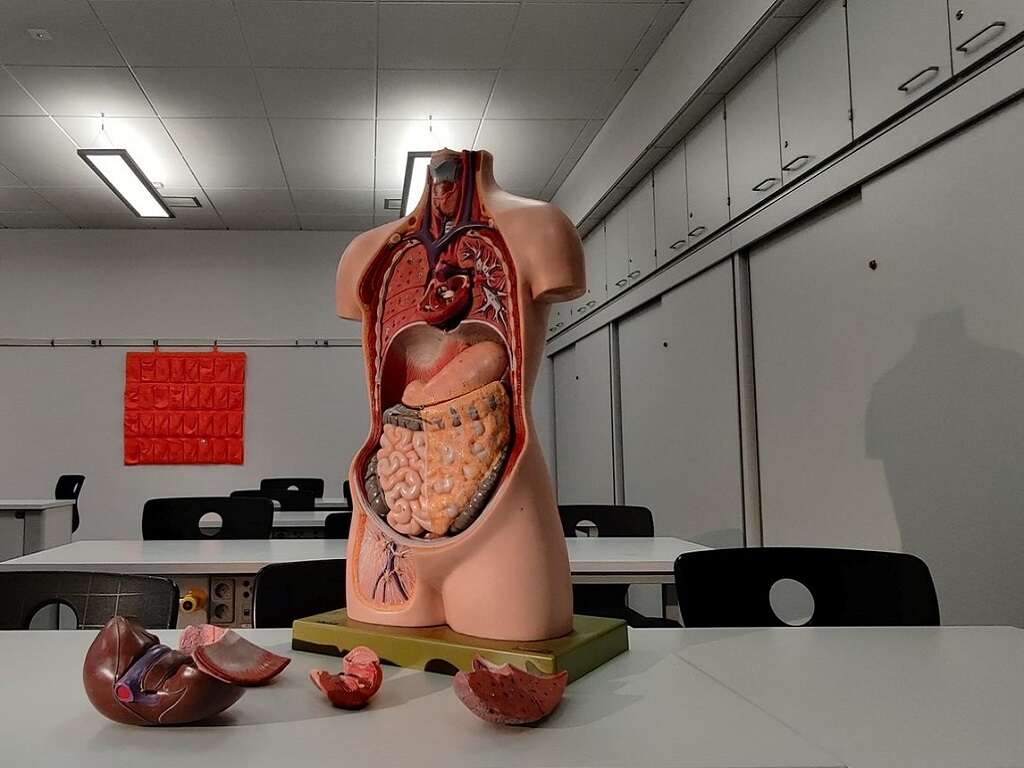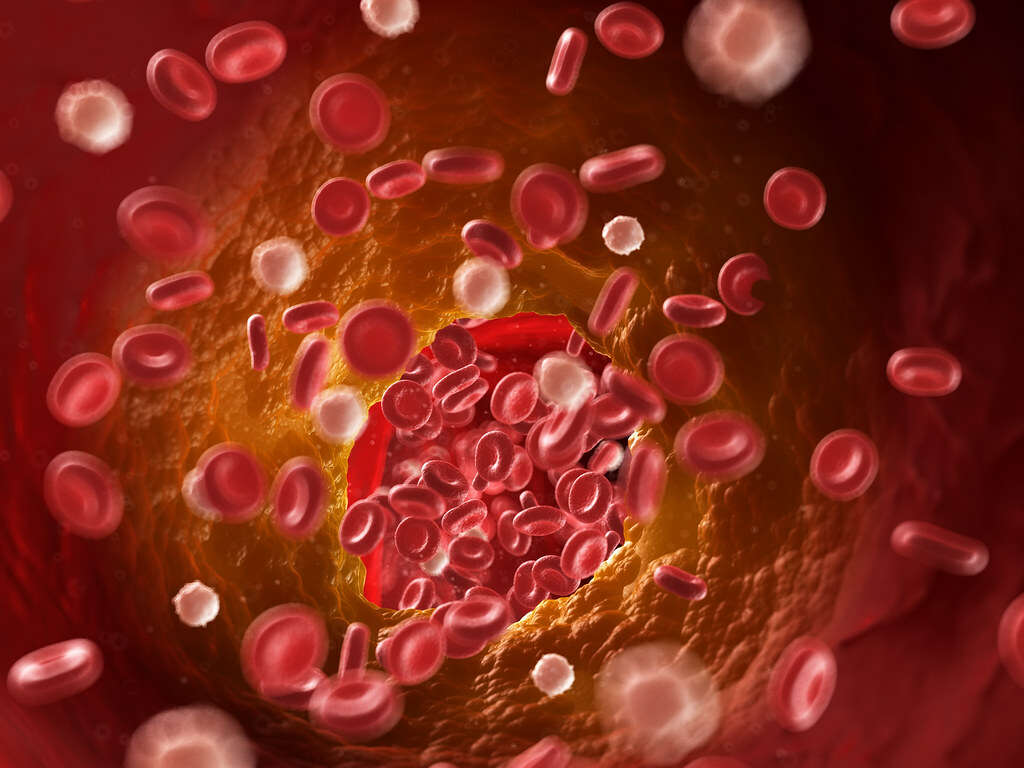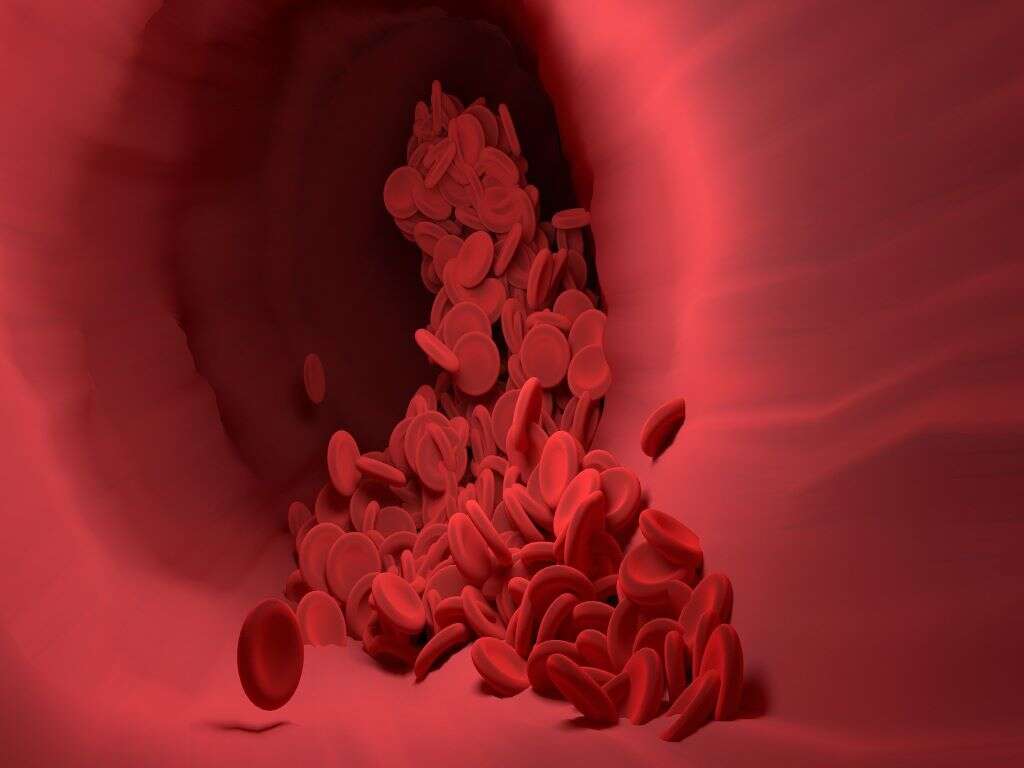What Is MGUS?
Our bodies are constantly producing proteins and other molecules that we need for our bodies to run smoothly. For the most part, everything is produced just as it needs to be without any problems. This is not always the case, however, and some peoples’ bodies will produce certain molecules incorrectly.
If things are not produced as they should be then it can spell serious problems for the patients. At other times, the patient will experience few, if any, symptoms of the condition. MGUS is an example that is usually quite harmless, and it stands for monoclonal gammopathy of undetermined significance.

1. Overview
Proteins are very important compounds for us. They make up a large part of our bodies because they make up a lot of the building blocks that we are made from. They also perform some very important functions in our body and we would not be able to operate without them.
Some of the proteins we need are found in our food, whereas others are made by our own bodies. These proteins will not always form as they should do, however, and this can result in monoclonal gammopathy of undetermined significance. This means that your blood contains an abnormal protein known as M protein.

2. Causes
Found within some of our bones is a soft tissue known as bone marrow. These tissues are very important for us as they are the production houses of many of our body’s blood cells, among other things. It is in here that the abnormal proteins are formed.
We know little about what causes MGUS. It is thought, however, that environmental factors may be a cause, while it may also be down to changes genetically. Regardless of the cause, the condition will usually cause no problems whatsoever for the patient, although it will progress to something more serious in a small number of cases.
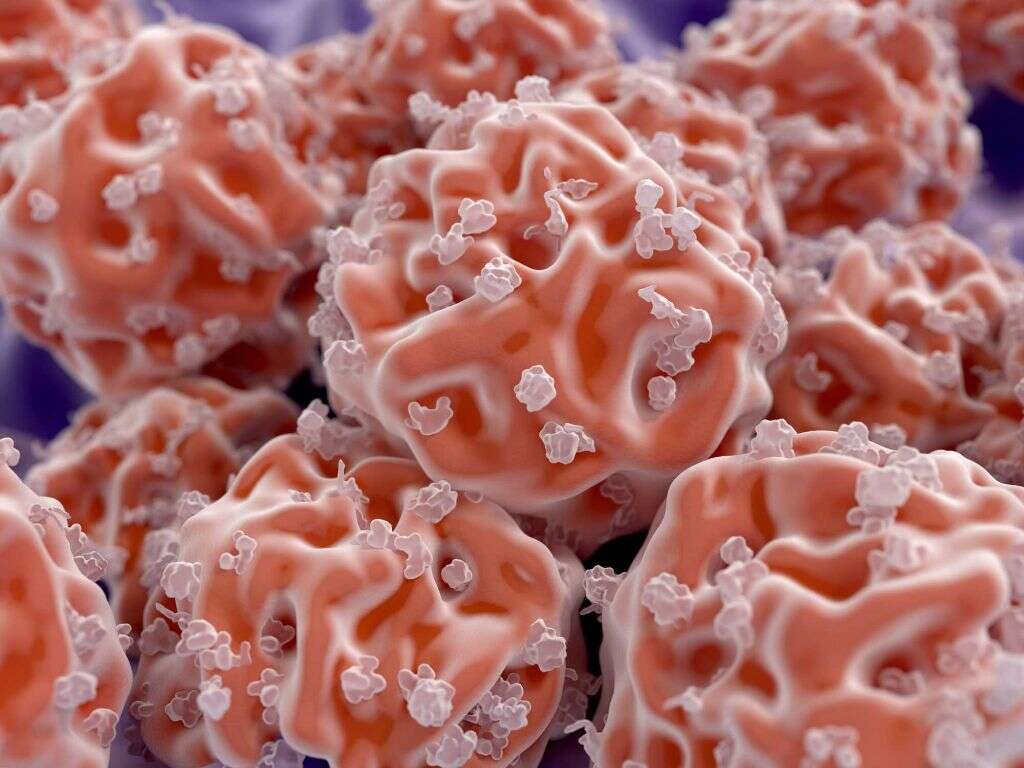
3. Symptoms
As mentioned, MGUS will not usually cause any noticeable symptoms. In most cases, it is detected by chance when the patient’s blood is being tested in a check-up. If symptoms do turn up, then they are likely to be tingling or numbness, while a rash might also sometimes be present.
While there is usually no need for treatment, some people will still need to get regular check-ups to be on the safe side. This generally means people with a particularly high level of the abnormal protein in their blood. As mentioned, it can go on to be something more severe, so check-ups are advisable.

4. Complications
Only around 1% of people with MGUS will experience further complications. The rest will experience only the mild symptoms already mentioned, or none at all. When symptoms do arise, however, then they can be very serious indeed. For example, some patients with the condition can find that they are more likely to fracture their bones.
This is especially troublesome considering many people with the condition are going to be elderly. Potentially dangerous blood clots can also develop, while some patients with the condition can also go on to develop kidney disease. These symptoms can often be managed, but can be dangerous if they are not.

5. Waldenstrom Macroglobulinemia
Waldenstrom macroglobulinemia, also known as lymphoplasmacytic lymphoma is a type of cancer. It affects the lymphatic tissues and bone marrow. The lymphatic tissues are an important part of the immune system, that help the body fight against infections.
Symptoms of the disease include bleeding from the gums and the nose, and the patient’s fingers and toes can tingle. The patient can also experience blurred vision, while their spleen, liver, and lymph nodes can become enlarged. The condition also results in anemia and this can cause the patient to feel fatigued. Monoclonal gammopathy of undetermined significance is a potential cause of the condition.
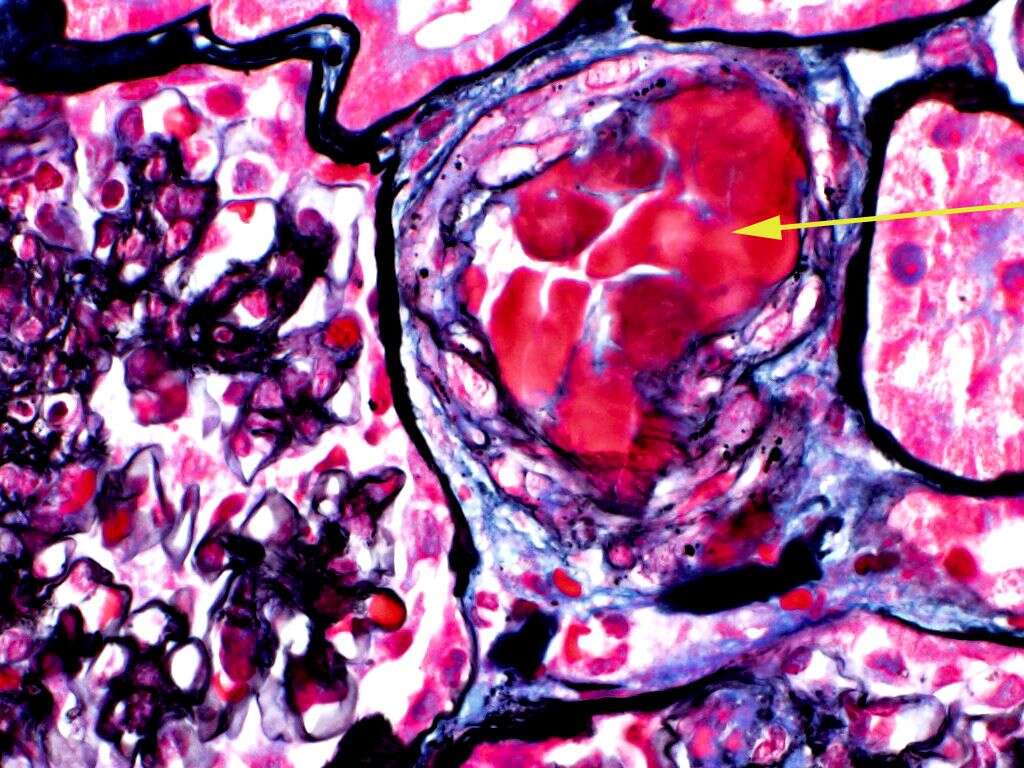
6. Light Chain Amyloidosis
Amyloidosis is a group of diseases that are thankfully rare. They are the result of the build of amyloid in the body. This is a type of abnormal protein that can build in in the patient’s organs and other bodily tissues. As these proteins accumulate in the patient’s organs, so they can affect those organs’ ability to function.
The symptoms of light chain amyloidosis include peripheral neuropathy. Patients can also experience swelling in their feet and legs, while their legs can also feel weak. Carpal tunnel syndrome is another potential symptom. Some will also experience a pain in the chest, shortness of breath, and heart palpitations. The condition can be managed, but it can be dangerous if it is not.
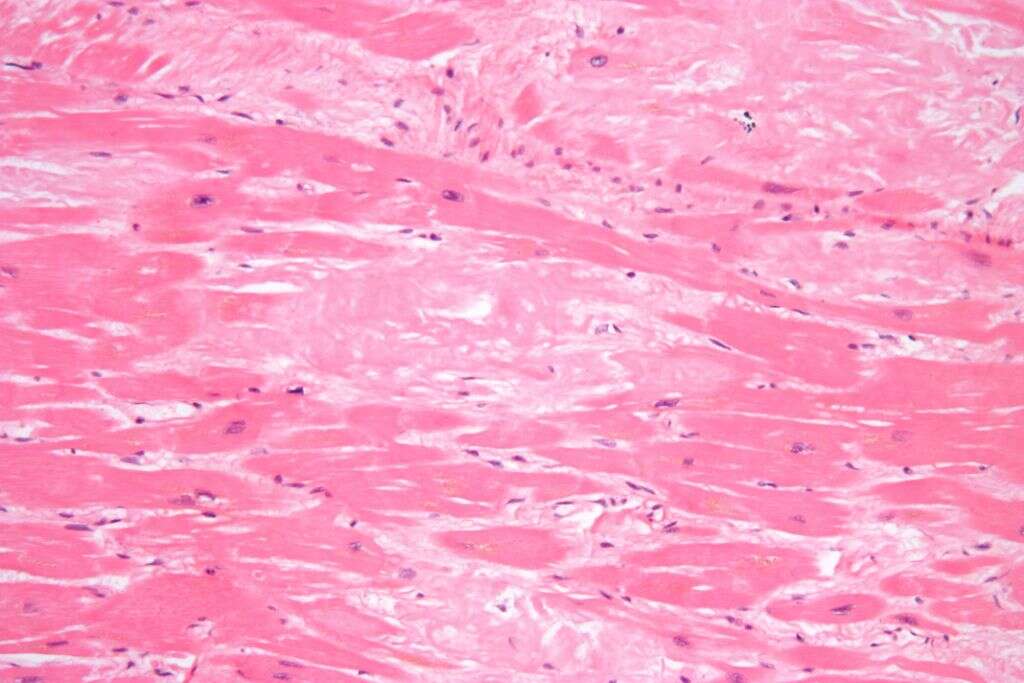
7. Lymphoma
Lymphoma is a type of cancer that affects the lymphocytes, which are a type of white blood cell. The disease causes lymphocytes to be altered and they will also grow out of control. There are two main types of the disease, Hodgkin lymphoma and non-Hodgkin lymphoma.
The symptoms of lymphoma include a cough and a shortness of breath. The patient will also likely experience a fever as well as night sweats. The patient’s lymph nodes in the armpits, neck, and groin are likely to become swollen. Itching and weight loss are also likely symptoms. Lymphoma is a disease that can usually be managed, but not cured.
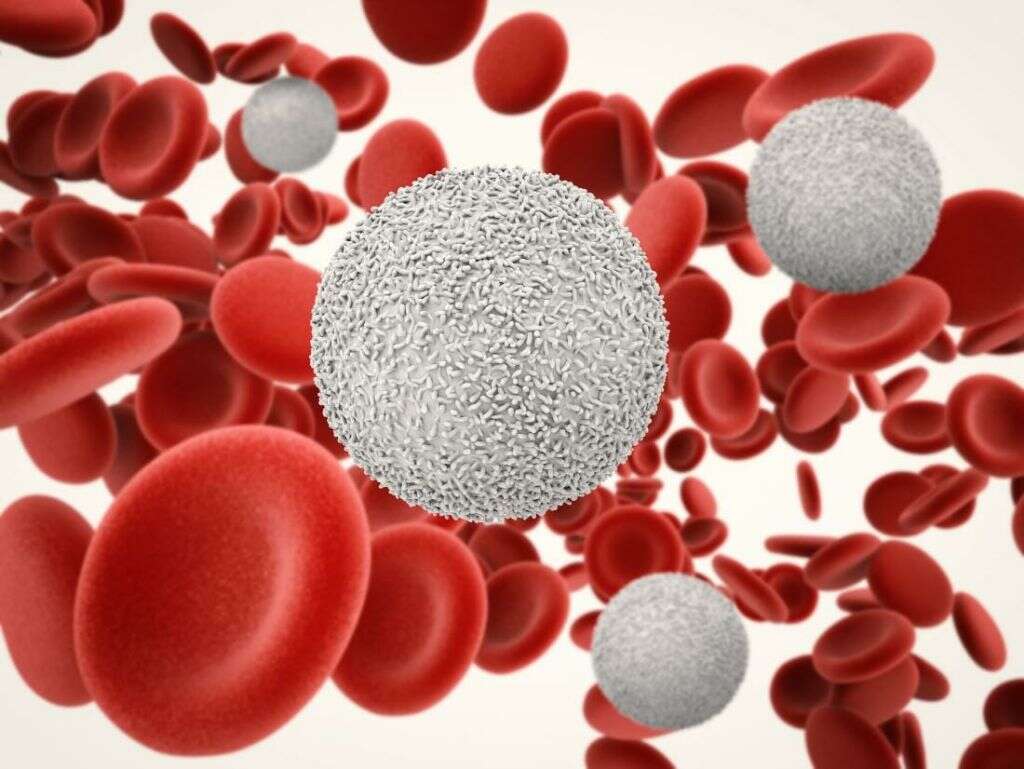
8. Multiple Myeloma
Plasma cells are white blood cells that help us to fight infections. They do this by producing antibodies that attack pathogens. Multiple myeloma, also simply known as myeloma, is a type of cancer that forms in plasma cells. The condition causes cancer cells to accumulate in the patient’s bone marrow.
This, in turn, means there is less space for healthy cells, and abnormal proteins are produced rather than the antibodies that can help us fight disease. The symptoms are often very mild and can include, nausea, bone pain, fatigue, confusion, weakness, weight loss, loss of appetite, constipation, and excessive thirst. The disease can be managed and, in some case, is not deemed necessary at all.
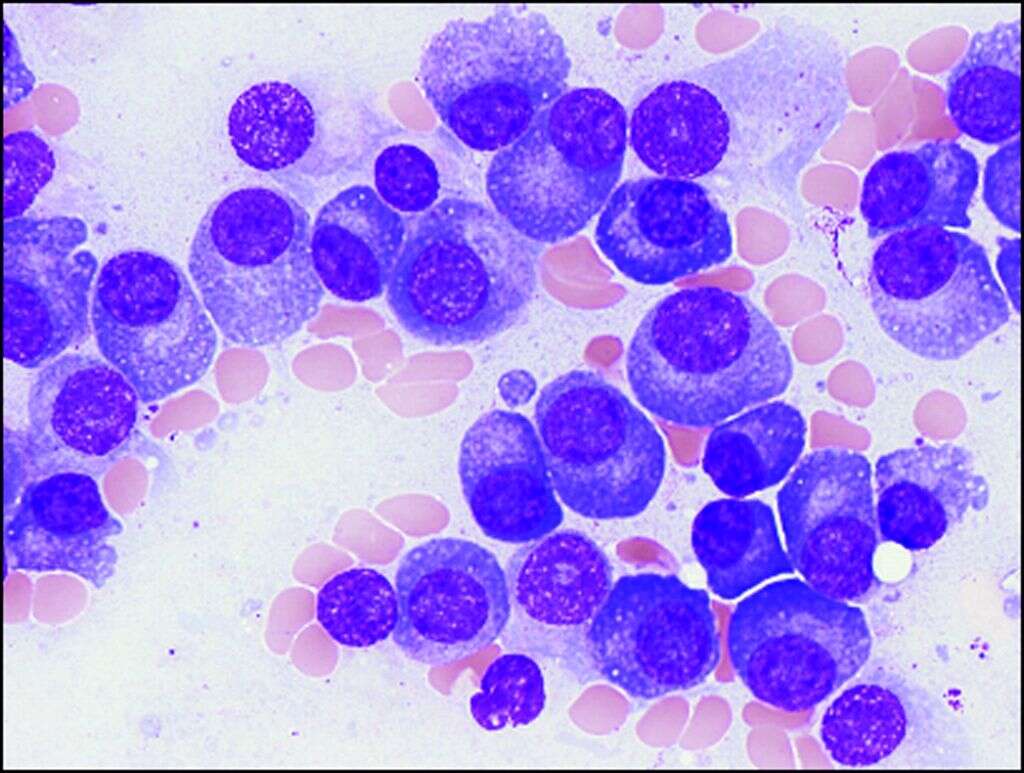
9. Risk Factors
Anybody can develop monoclonal gammopathy of undetermined significance. However, there are some demographics that are more likely to develop it than others. Age is one factor, and the average age of patients diagnosed with the condition is 70 years old. It is also more prevalent in men than it is in women.
Race is another factor and people of African descent are also more prone to the disease. People also have a higher chance of developing the condition if there is a history of it in the family. Treatment for the condition remains the same regardless of which group people find themselves in.

10. Treatment
In the majority of cases, patients with monoclonal gammopathy of undetermined significance will not require any treatment at all. Regular check-ups will still be recommended, however. Check-ups will help to identify complications sooner rather than later, and this will help to make treatment more effective. These check-ups will tend to be once every 6 months.
If complications are detected then the patient will need to be treated for those complications. This will often include medication that will help to increase the patient’s bone density. Painkillers may be prescribed where necessary, and some patients will need to be treated for anemia.




